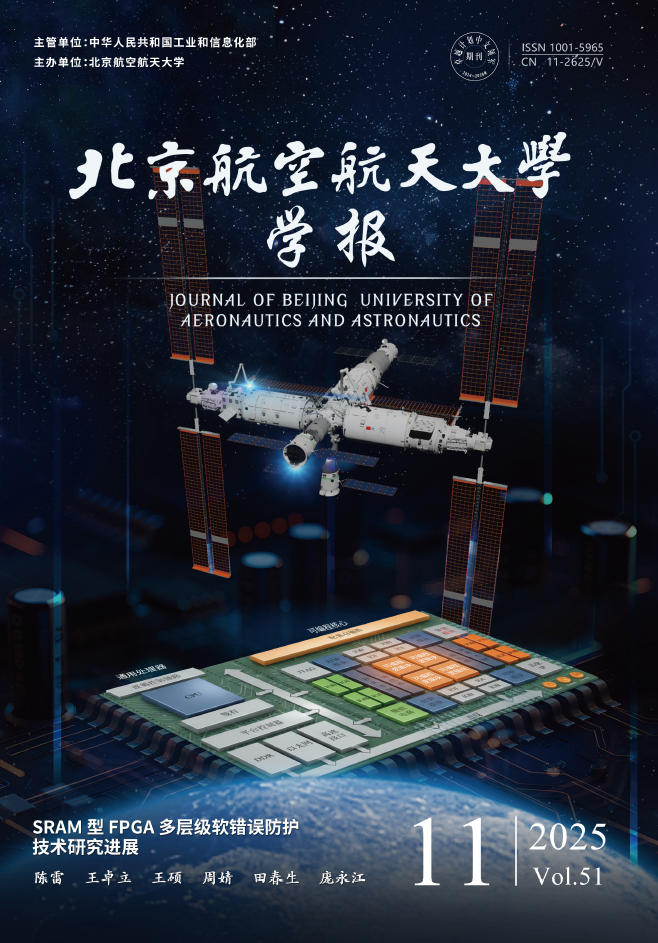2013, 39(7): 983-989.
Abstract:
Aiming at the application requirements of built-in test (BIT) technology in equipment design for testability and prognostic and health management (PHM), a method of periodic BIT (PBIT) simulation based on stateflow was proposed. The fault detection features and fault alarms problem were analyzed, and the simulation principle of PBIT was given. Based on the simulation of power-on BIT (POBIT), the simulation elements of PBIT were analyzed, as well as the stateflow chart objects simulation mode of those elements, and the modeling of faults injection, interferences injection and false alarm reduction measures were implemented. Finally, the flow of modeling and simulation for PBIT was given, including the flow of simulation input dataset design. A typical avionic module PBIT was taken as the case, the stateflow model of power board, interferences, PBITs and false alarm reduction measures were built. The simulation results show that this method contributes to realizing the dynamic logic process simulation of PBIT in fault detection and false alarm reduction effectively.







 XML Online Production Platform
XML Online Production Platform

